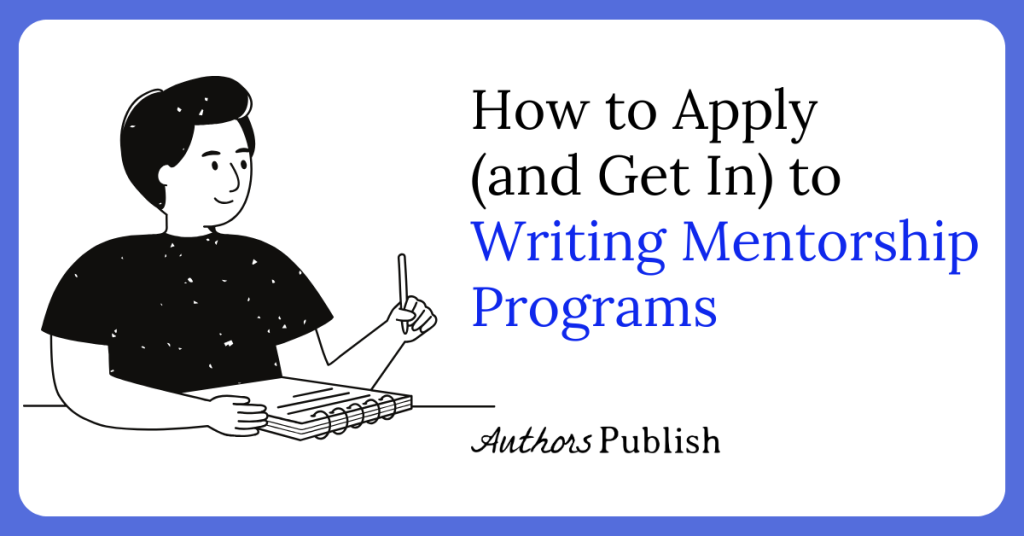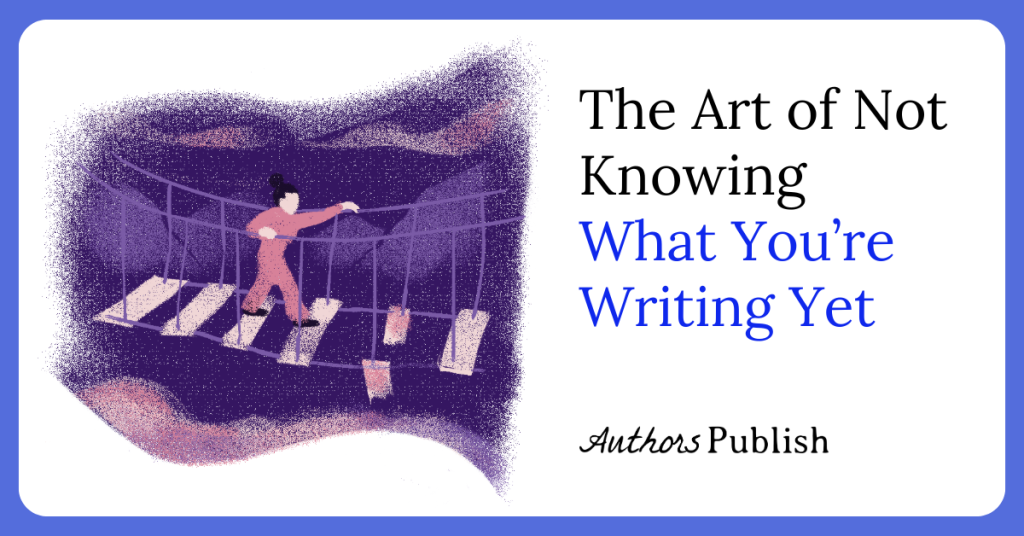By Emily-Jane Hills Orford
Dialogue is quite simply a conversation between characters; it is what the characters say to each other. Dialogue is an effective way to move the story forward, enhance the plot, and develop the characters. Dialogue tags are the means to identify who is saying what and how they are saying it.
There is considerable discourse over the use of dialogue tags. Some editors want them used more; others do not want them used at all. Some authors will write pages of dialogue without one identifying feature, other than a new paragraph, to identify who is speaking. This makes it very confusing for the reader. Some writers use the simple tag of “he said” or “she said” and nothing more. Other writers provide a description of how the character is speaking, where the speaker is standing, or any trivia that will progress the story and identify the speaker at the same time. So, which is better? Or does the writer resort to using a combination of dialogue tag formats or no dialogue tags at all?
To tag or not to tag, that is the BIG question, no pun intended. Perhaps, like everything else in writing, and in life itself, it’s best to diversify and use a combination of simple “he said,” “she said,” tags, no tags at all and more descriptive tags, from the simple, “she cried profusely, stumbling to speak through her tears,” to a more detailed descriptive narrative tag that identifies the speaker as it carries the plot forward.
First, it is best to know what types of dialogue tags a writer can use.
- Basic Dialogue Tags – Also called the “said tag,” this is the simplest and most unobtrusive form of dialogue tags. It is the “he said” and “she said” that will help readers stay focused on the dialogue itself and easily identify the speaker. Perfect for everyday conversations. As well as said, there’s tags like replied, answered, asked, and many others that simply place the speaker into the conversation.
- Action Dialogue Tags – These tags help develop an idea of what the character is doing while he/she (or they) is speaking. A vivid picture of the characters and their movements and gestures will enhance the overall scene. Some words that qualify as action tags are: gasped, wheezed, choked, yawned, coughed, and many others.
- Creative Dialogue Tags – As well as identifying the character who is speaking, the creative dialogue tag can show emotion, reinforce body language, add expressive energy to the speaker’s voice.
- Emotional Dialogue Tags – How is the speaker feeling? Is he/she/they happy, sad, angry? Allowing readers into the inner sanctum of a character’s emotional state adds another dimension to the plot development. What are some emotional dialogue tags? Laughed, sighed, sobbed, and the list goes on. Emotional dialogue tags also include the volume of the character’s voice, like whispered, or shouted. This adds an extra layer of emotion and context of what is being said. Emotional dialogue tags also use words to signify the tone of voice, the way the dialogue is conveyed, from sarcastic to serious, like retorted, jeered, lectured and so on.
- Informative Dialogue Tags – Dialogue tags can also be used to share information (like revealed), knowledge (like narrated), ask and answer questions (inquired and explained), offer suggestions and persuade or convince the listeners (implored and coaxed), or provide a discourse that has multiple characters either agreeing or disagreeing (concurred and objected).
- Combination Dialogue Tags – “He said with great effort as his voice was croaking from the dry air that he was breathing in.” The Basic “he said” dialogue tag can be effective combined with a creative dialogue tag that adds some description to enhance the scene.
Of course, when considering the use of dialogue tags, writers must also whether the conversation, the dialogue is outer dialogue, where the character is actually talking to another character, or inner dialogue, where the character is talking to himself/herself/themselves. The type of dialogue would suggest specific dialogue tags that would be best for this discourse. For example, an inner dialogue, or a monologue, may or may not have any use for an emotional dialogue tag. Whereas an outer dialogue would avoid using dialogue tags like: he thought.
You have the dialogue tags; now how do you use them effectively? Well, first and foremost, don’t overuse them as that can be distracting to the reader. Too many he said, and she said will dull the reading enjoyment and may even detract from the overall story. And be careful how one uses descriptive words in a dialogue tag. Words, dialogue words that is, cannot be growled or hissed or any other animalistic sound, unless the tag includes a simile: “He growled like an angry bear.” But, in hindsight, it would be better to write: “His voice roared with pent up anger.” It is better to focus on what dialogue tags might be most effective for each situation and strike a balance between variety and simplicity without adding too much or too little and avoiding contradicting or redundant dialogue tags.
I am a list person and I find it helpful to have a list of dialogue tags handy. If you are writing the short shorts, the flash fiction, it is best to avoid using any dialogue tags as they add to the word count. Let dialogue help to create your characters and move the story along, but also allow the dialogue tags to add that extra dimension of identification of the characters and intensification of the scene. Allow the dialogue and the dialogue tags to show your reader what you want them to know. Use dialogue tags effectively and use wisely.
Emily-Jane Hills Orford is a country writer, living just outside the tiny community of North Gower, Ontario, near the nation’s capital. With degrees in art history, music and Canadian studies, the retired music teacher enjoys the quiet nature of her country home and the inspiration of working at her antique Jane Austen-style spinet desk, feeling quite complete as she writes and stares out the large picture window at the birds and the forest. She writes in several genres, including creative nonfiction, memoir, fantasy, and historical fiction. http://emilyjanebooks.ca






